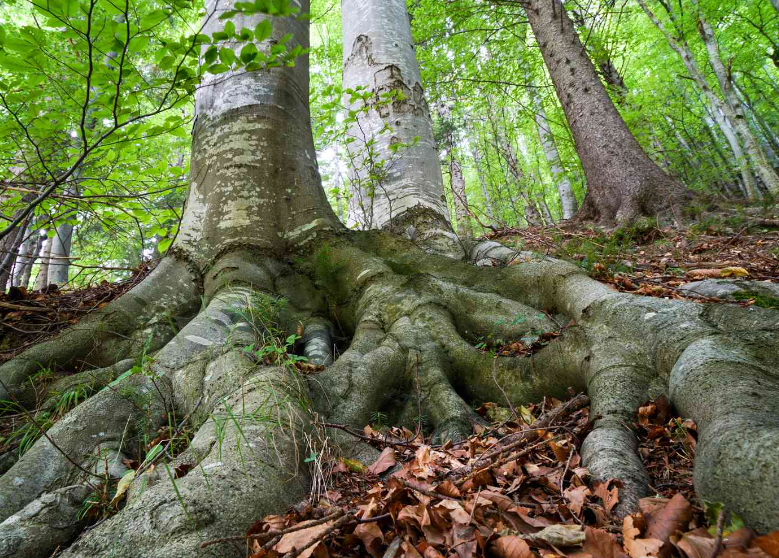Metsulfuron-methyl is a residual sulfonylurea herbicide that kills broadleaf weeds and some annual grasses. It is a systemic compound with foliar and soil activity, that inhibits cell division in shoots and roots. It has residual activity in soils, allowing it to be used infrequently but requiring up to 22 months before planting certain crops (sunflowers, flax, corn, or safflower). It has very low toxicity to mammals, birds, fish, and insects, but is a moderate eye irritant. Metsulfuron is currently sold under several comercial names. It is an affordable option to control broadleaf plants and some weed grasses.The most important step in pesticide application is to read the label in its entirety before beginning any application. In most cases, off-target damage from herbicide use can be completely avoided by following the manufacturer’s label. It is important not only to use a herbicide with the correct concentration of the correct active ingredient, but also the one labeled for a specific crop or site. For example, Nufarm’s Manor® and PurestandTM both contain 60% of metsulfuron-methyl, but the former is labeled for turfgrass and the latter for pastures. Thus, applying PurestandTM to turf would be an off-label use. Not all metsulfuron herbicides labeled for turf are registered in CDMS. A web-wide search can yield equally suitable products (including generic options), like MSM Turf Herbicide Quali-Pro or Rometsol® by Rotam.Injury to not target plants from herbicide use is often simply a case of over application; therefore, it is always important to calibrate your equipment properly. Merely mixing the correct amount of product into a spray tank does not mean your equipment is calibrated. It is important to apply the correct amount of product per area and not to rely on the concentration of the spray solution. To reduce the chances of injury from drift, avoid making applications during periods of high temperature and low relative humidity. Never spray during windy conditions. Using nozzles that form larger droplet sizes and conducting applications at lower spray pressures can also help to reduce drift.
When metsulfuron-methyl injury has been reported, damage from drift or over-application (off-label) are often ruled out and injury is usually the result of root uptake. To avoid damage from root uptake, trees and shrubs should not be planted in areas treated with metsulfuron-methyl for at least one year after the last application and bedding plants should not be planted for at least two years. Never rinse out spraying equipment or flush hoses near desirable plants. According to most label instructions, metsulfuron-methyl should not be applied near desirable ornamental trees or shrubs, on areas where their roots may extend, or in locations where the herbicide may be washed or moved into contact with their roots.
How do you determine how far tree roots extend? This is difficult to determine because it is species dependent. A general rule of thumb is that for established trees, the roots are likely to extend up to two or more times the width of the branches (drip line). Research at the University of Florida has shown that on average, tree roots spread close to three times the spread of the drip line and fine roots are concentrated in the top 12 inches of soil with many in the top 2 inches (Gilman 2011). For large palms, primary roots are often found 50 feet or more away from the trunk. This means that just because the herbicide is not applied near the base of the plant does not mean that roots will not be contacted by metsulfuron-methyl or other similar herbicides. In practice, as per the label instructions, many residential lawns should not be treated with this herbicide because they are filled with tree roots Metsulfuron is a very effective and economical herbicide that has low odor, low usage rates, a short restricted entry interval (REI) of only 4 hours, and is safe on Bermudagrass, St. Augustine grass, and other warm season turfgrasses. It is one of the few herbicides available to selectively control bahiagrass in other lawn types and also controls other broadleaf weeds that are often difficult to manage. However, caution should be used when applications are made on sites containing trees and palms growing in or near turf areas, especially sites where oak trees are planted. Metsulfuron-methyl is effective for weed control at low usage rates and the lowest effective rate should be chosen for the target weed species. For a given species, a lower rate will be effective when the weeds are still small, less than 4 inches tall (McAfee and Baumann 2007). As per the manufacturer label, do not apply metsulfuron-methyl-containing products in close proximity to ornamental species or in areas where their roots can be contacted. In landscapes containing many trees, palms, and shrubs, it will be difficult to avoid making applications over the root zone of potentially sensitive plants. In these cases, a different herbicide should be selected to avoid potential injury in certain situations. If injury has already occurred, recovery time will be based on numerous factors and is difficult to predict. The most effective corrective measure, if any is available, should be determined on a case by case basis depending on the species effected, application rate, time of year, and other environmental factors. For more information on this or any other agricultural topic please contact the Hopkins County Extension Office at 903-885-3443 or email me at [email protected].






